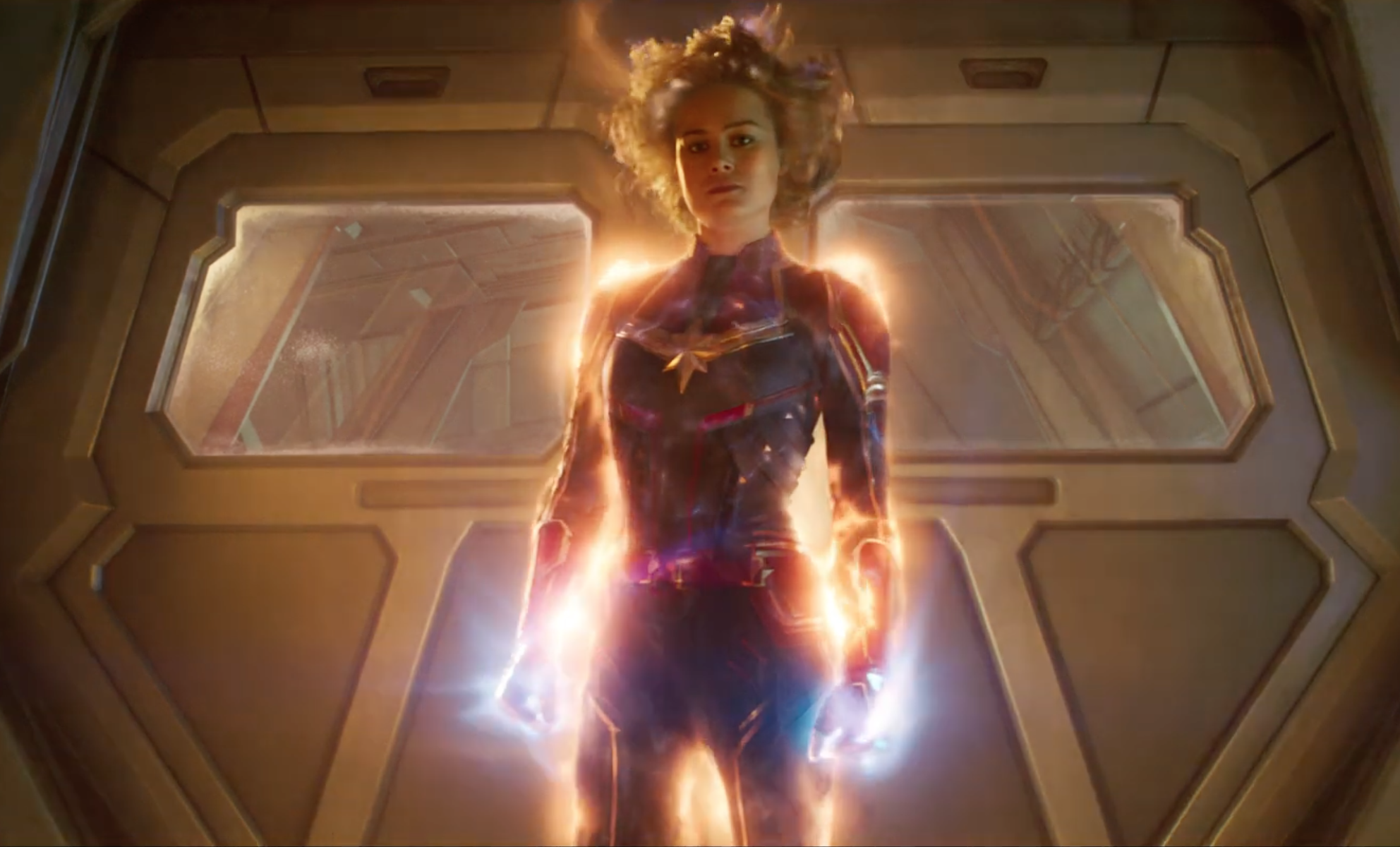Visual effects workers for the first time in history will have union representation. On September 13, the International Alliance of Theatrical Stage Employees (IATSE) announced that Marvel VFX workers successfully passed a National Labor Relations Board (NLRB) ballot and will now join IATSE.
The vote comes after a supermajority of Marvel’s internal VFX workers first signed authorization cards with the union on August 7. IATSE says that because Marvel had declined voluntary recognition of the union, a vote with the NLRB was necessary. With the vote passing, it’s the first time any people who work in the visual effects space across Hollywood will have any sort of representation from a union.
A simple majority of Marvel’s internal VFX staff was required in order for IATSE to represent them, but the union was of course seeking a strong number of votes to strengthen the resolve of the new branch within IATSE. The vote was 32-0 out of 41 eligible voters. Seven votes were challenged.
The next step for the union is to engage in collective bargaining negotiations with Marvel to draft their first contract, or collective bargaining agreement (CBA). As of this writing, no negotiation dates have yet been scheduled.
“Today, VFX workers at Marvel Studios spoke with a unanimous, collective voice, demanding fair pay for the hours they work, healthcare, a safe and sustainable working environment, and respect for the work they do,” Mark Patch, VFX Organizer for IATSE, said. “There could be no stronger statement highlighting the overwhelming need for us to continue our work and bring union protections and standards to all VFX workers across the industry. And there could be no stronger example of the courage and solidarity of these workers than each and every one of them declaring ‘union YES!’”
“Today’s count demonstrates the unprecedented demand for unionization across new sectors of the entertainment industry is very real,” IATSE International President Matthew D. Loeb said. “To these VFX workers, I congratulate you on your historic victory. Your bravery, determination, and unity are a beacon for workers not just in VFX, not just in entertainment, but workers in every industry across this country and beyond. You will enter negotiations with Marvel and Disney with the full backing and support of our 170,000 strong alliance. Your fight is our fight.”
Had the vote failed, VFX workers at Marvel would’ve been forced by federal regulation to wait a full year before they could attempt another vote at representation. The vote was conducted by mail between August 21 and September 11 and announced to workers via Zoom.
“It was so emotional hearing the yes’s and knowing we were fighting for what we deserve. What a powerful moment!” Carolyn Newes, VFX coordinator at Marvel, agreed. “I’m just so excited I could be part of this in some small way. It’s so needed and so appreciated by everyone.”
“This is historic and I’m glad to be part of it. Not only will this radically change the game by increasing the quality of storytelling through our work, it’s also a huge step forward for taking care of the unsung individuals who helped to build the industry,” Thomas Barnard, VFX coordinator at Marvel, said in a statement.
Sarah Kazuko Chow, VFX coordinator at Marvel, said, “I grew up dreaming of working on Marvel films, so
when I started my first job at Marvel, I felt like I couldn’t complain about the unpaid overtime, the lack
of meal breaks, and the incredible pressure put on VFX teams to meet deadlines because I was just
supposed to be grateful to be here at all. But the reality is that every worker deserves rights, and joining
IATSE means we don’t have to choose between the job we love and having identities outside of our
work.”
Next in line are VFX workers in-house at Disney, which also called for their own vote at the end of August. The results of their vote will be revealed October 2.
It’s been a long-fought effort for VFX workers to get representation, and their organizing power was bolstered by the attention brought by the dual writers and actors strikes that are ongoing. They now join other below-the-line crews who for years have had representation through IATSE such as production designers/art directors, camera operators, sound, editors, hair and makeup artists, costumes/wardrobe, script supervisors, grips, lighting, props, and paint.
The challenge traditionally with organizing has been that so many visual effects workers on films and TV are employed through third-party vendors, while only a handful out of the often hundreds of people who work on a single project come from the “client-side” of VFX, or are people employed directly by a film studio like Marvel or Disney. IATSE previously published a survey saying that only 12 percent of such client-side VFX employees say they receive healthcare that carries over from project to project, and only 15 percent receive retirement benefits.
And the issues of burnout for VFX workers have been real. Marvel specifically faced scrutiny about its post-production process when longtime executive Victoria Alonso exited following the February release of “Ant-Man and the Wasp: Quantumania.” IndieWire reported after Alonso’s exit that last-minute deadlines at Marvel made it difficult to produce high-quality work, leaving workers embarrassed with their work and leading to inconsistent results.






